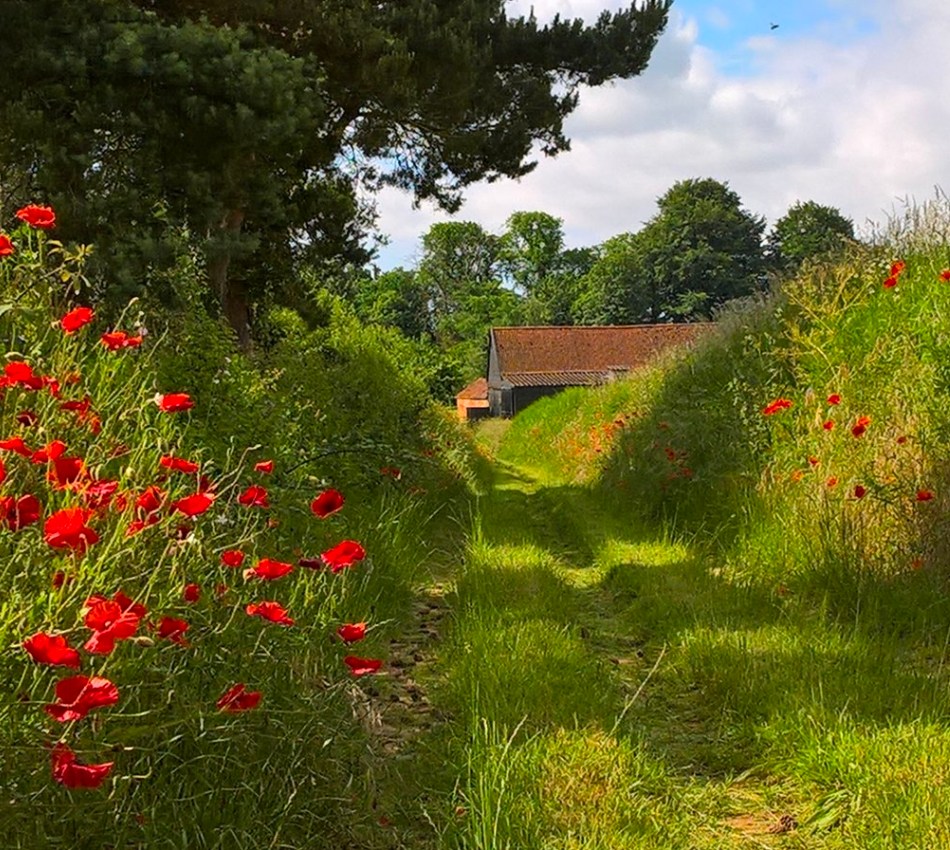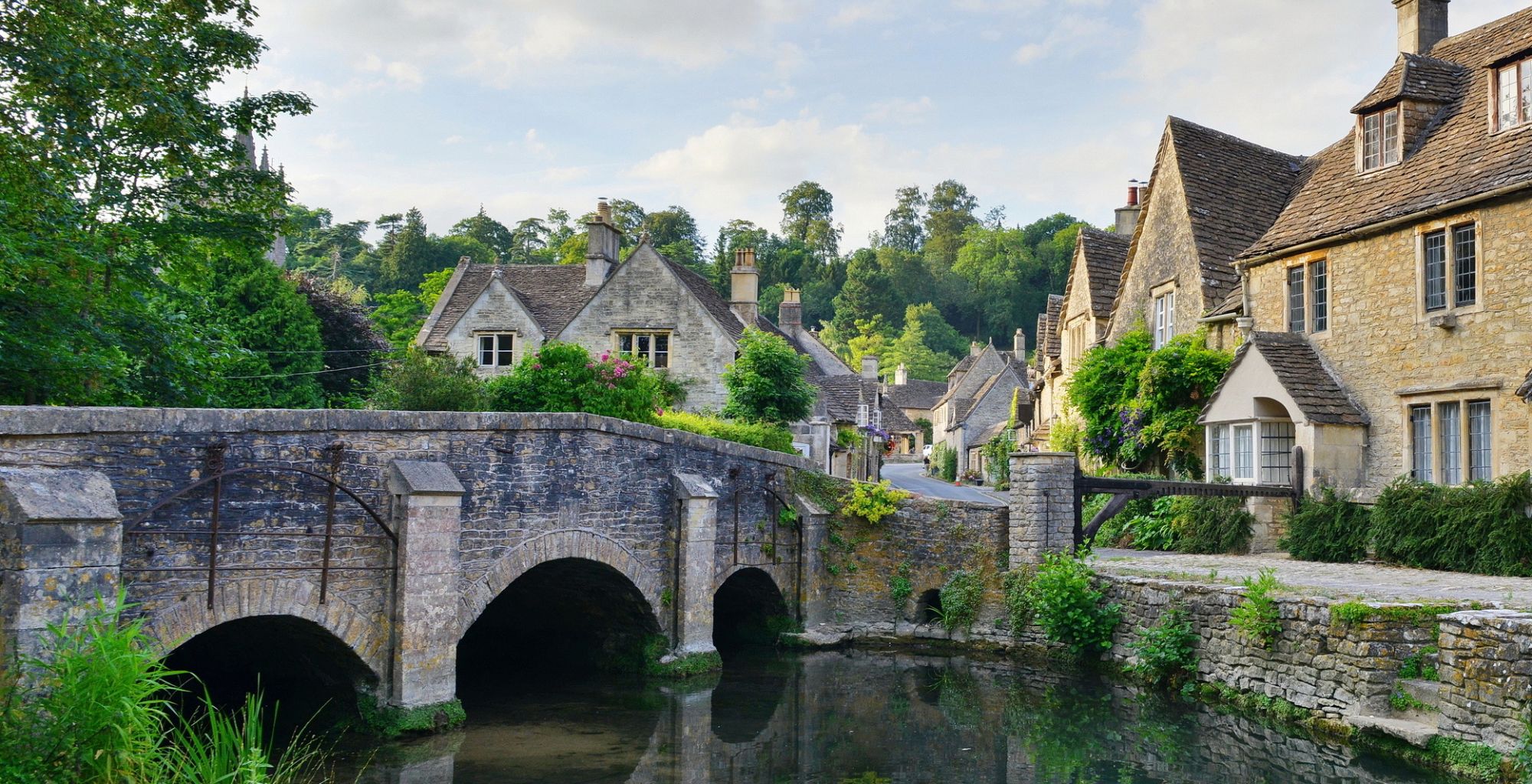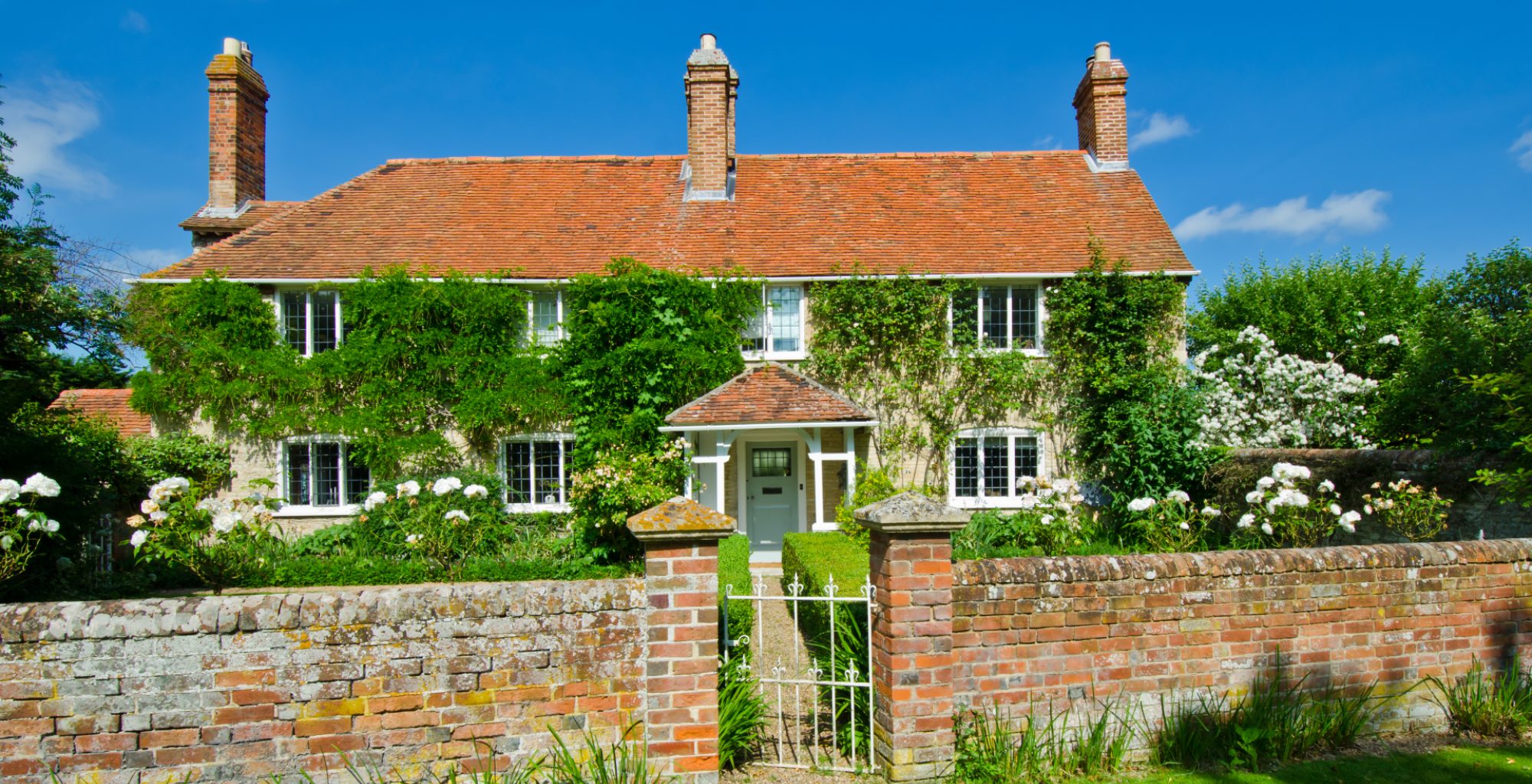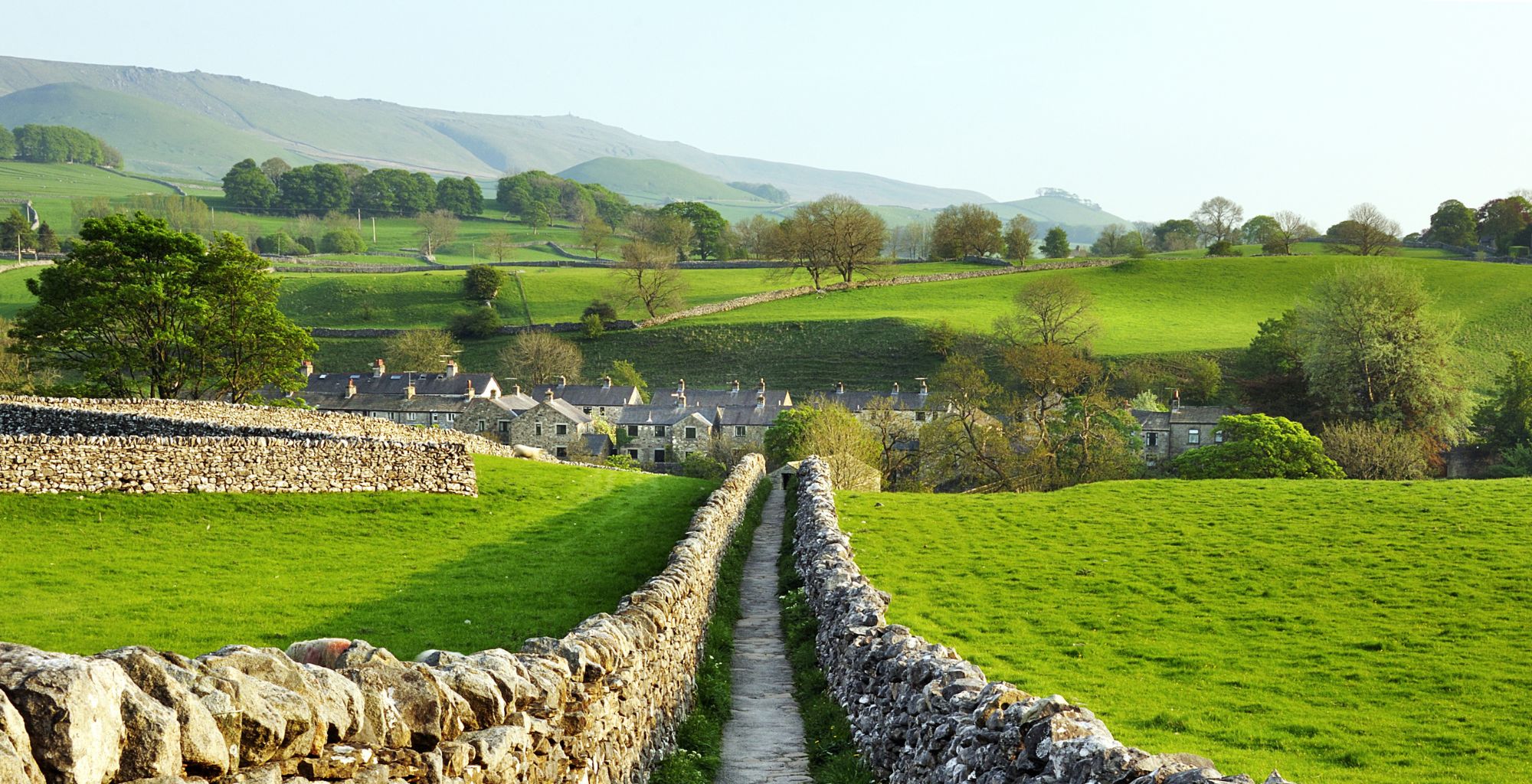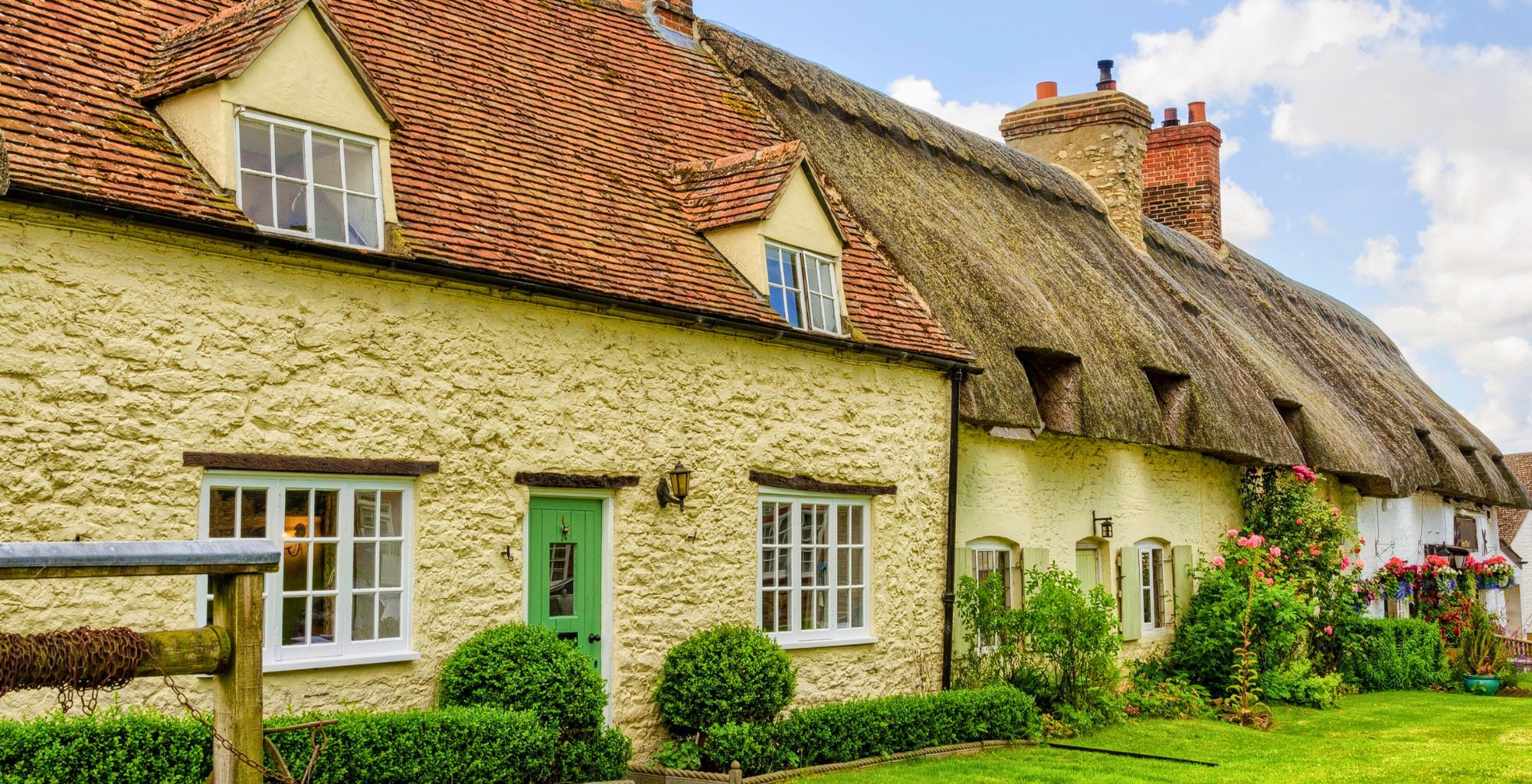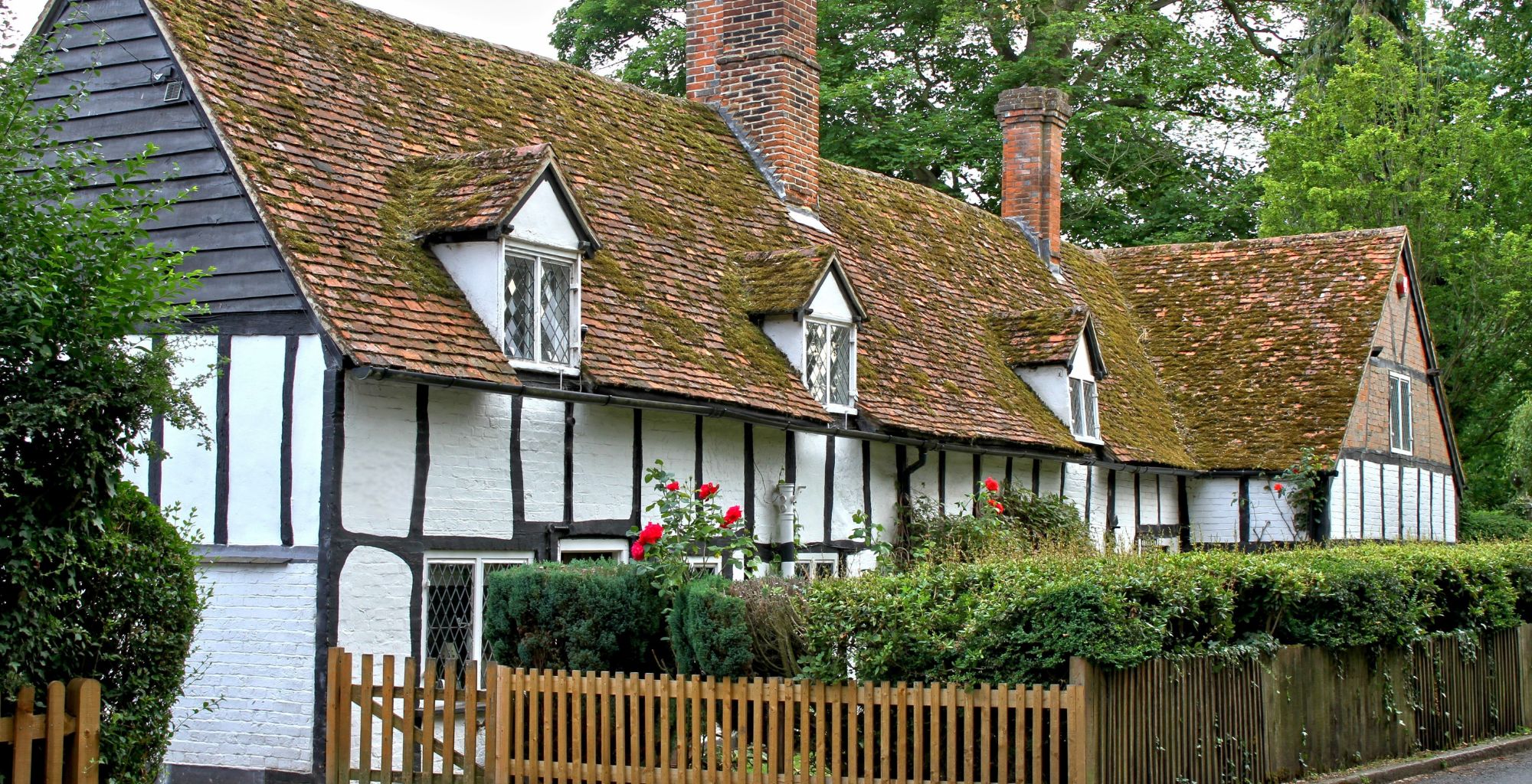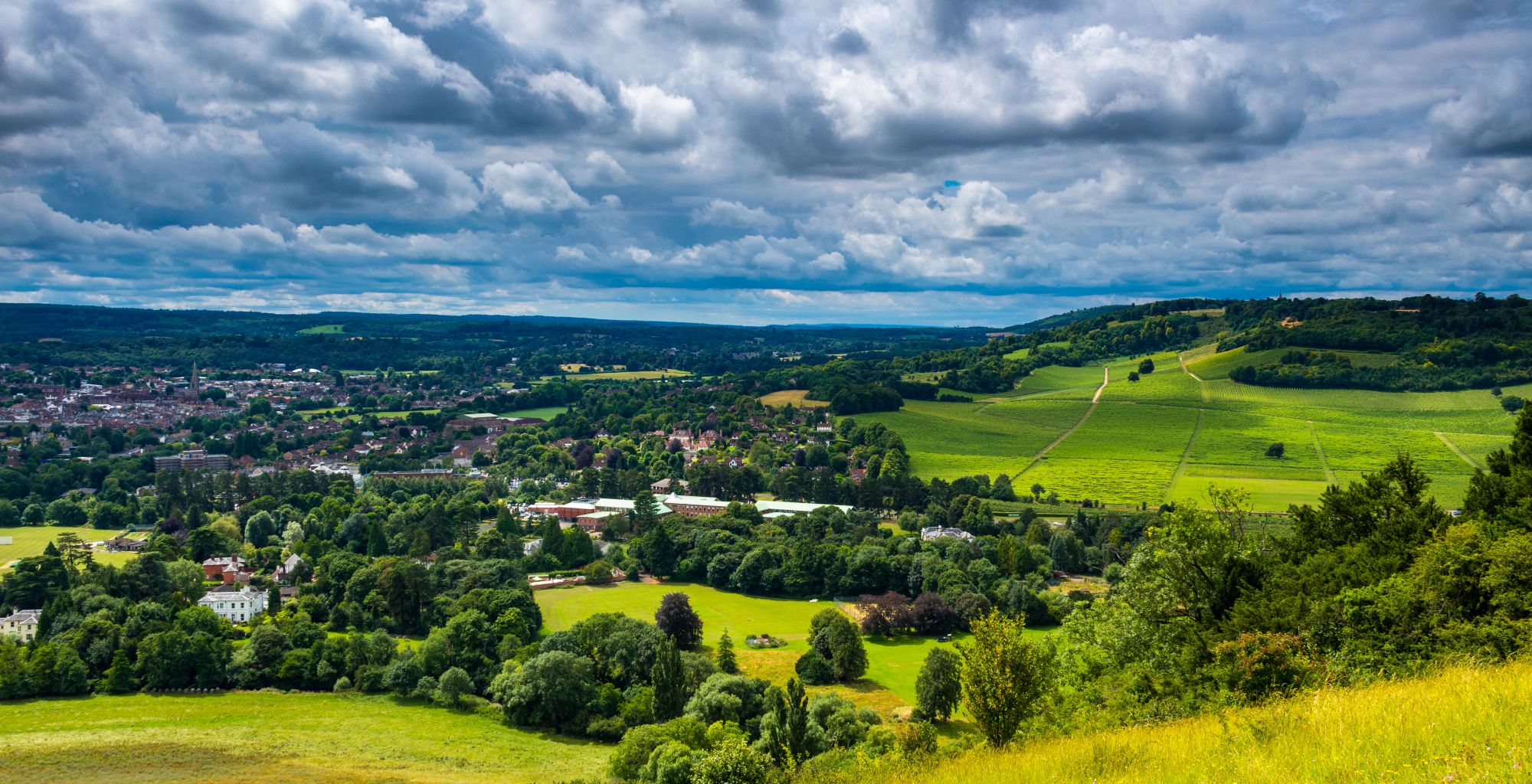Are you considering a move to the North West and want to know where the best places to live...
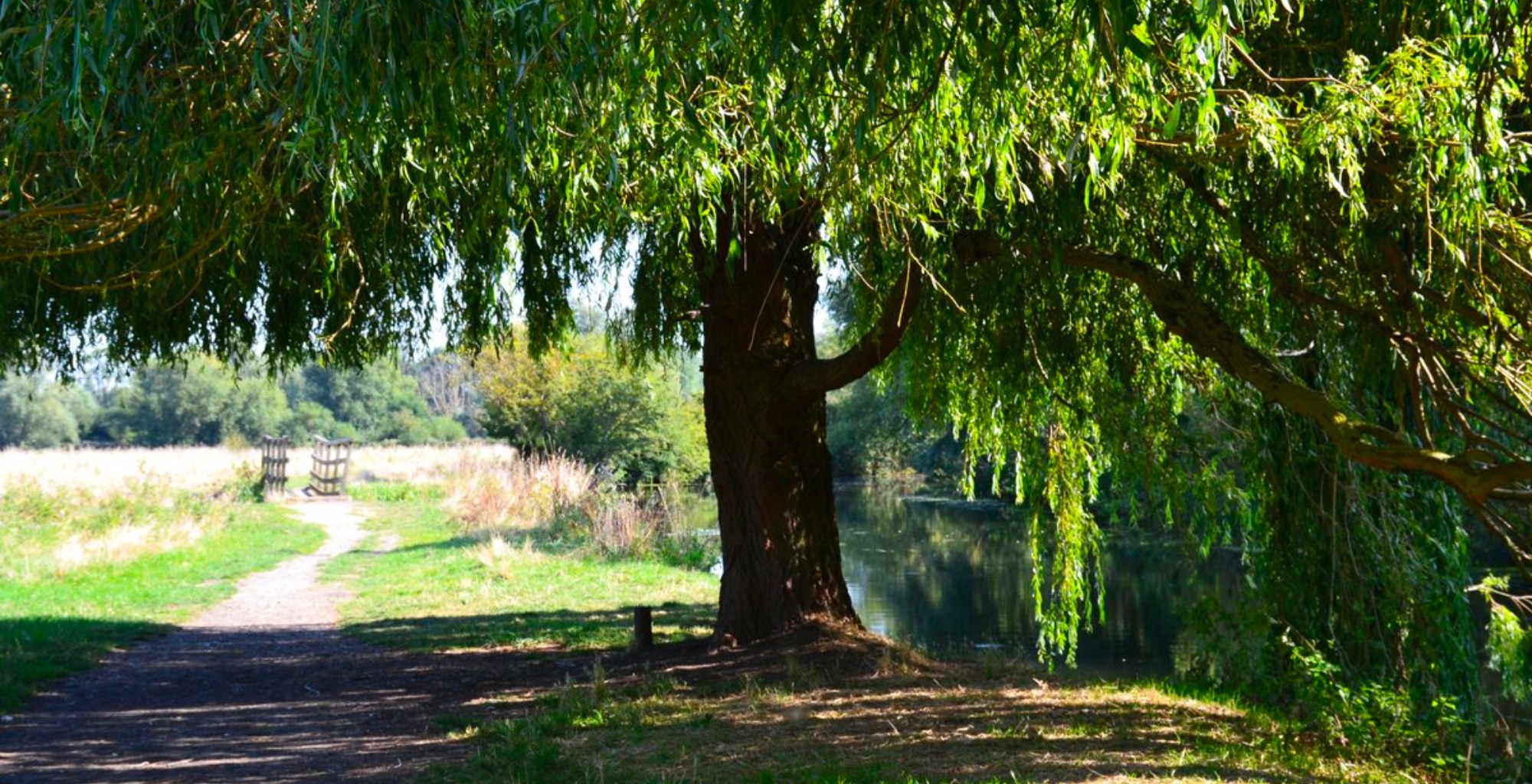
Public footpath next to house | Everything you need to know
Are you considering buying a home but pondering the consequences of there being a public footpath next to house?
Public footpaths can often be decades or centuries old, providing convenient routes or shortcuts for pedestrians. However, some homeowners who live with a public footpath on or near their property, or have one crossing their land, may perceive them as a blight.
Public footpaths and other rights of way are very common and the routes of all rights of way in England and Wales are recorded on definitive maps and statements, which are held by the relevant council or local highway authority. Most rights of way in England and Wales are also shown on Ordnance Survey maps.
The law in Scotland is different; there is no requirement for rights of way to be recorded or maintained, and they are not shown on Ordnance Survey maps. Unlike in England and Wales, Scotland’s ‘right of responsible access’ extends to most land and waterways and can be used by all non-motorised users. Since 2003, all Scottish local authorities must designate and produce a plan of Core Paths.
In this article, we explore the benefits and drawbacks of having a public footpath next to a house, or crossing, your land in England and Wales, the legal responsibilities of landowners and the rights of the public.
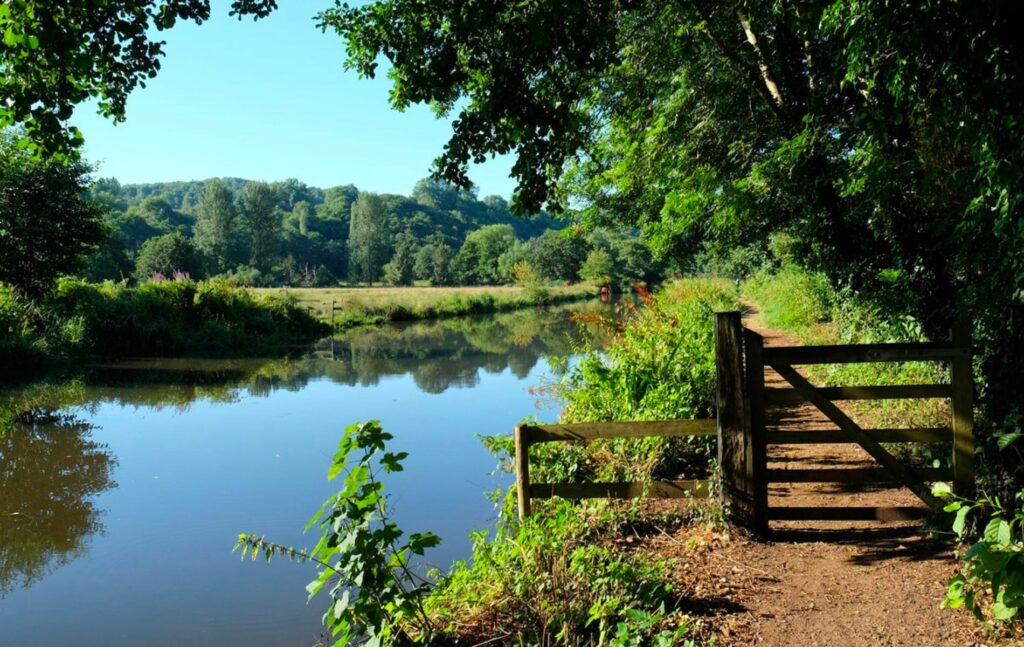
What is a public footpath?
A public footpath is an established and legal right of way that allows pedestrians and those using mobility scooters or powered wheelchairs to travel along a designated route, usually through rural areas or the countryside. Public footpaths are signposted and waymarked in yellow to help guide walkers along the correct route and there may occasionally be stiles, gates, and bridges to help navigate any hazards or obstructions along the footpath.
Public footpaths differ from other rights of way, such as bridleways or byways, which allow horses and vehicles, respectively, and also cyclists. Footpaths are exclusively designated for walkers, hikers, and ramblers.
Some public footpaths cross private property, but pedestrians are still entitled to use them provided they stay on the designated route and respect the privacy of the landowners.
When buying a home it’s especially important to consider the implications of a public footpath next to a house.
What are the implications of having a public footpath on or near your property?
Having a public footpath next to a house, whether it’s immediately on or next to your property can have both positive and negative implications. It can provide easy access to the property and make it quicker or more convenient for residents and visitors to come and go. Having a local network of footpaths can be seen as desirable: they can boost tourism to the area and contribute to rural economies, but they can also present issues such as noise, litter, and privacy concerns.
If the footpath is not physically separated or its route adequately marked with signage, walkers may stray onto private property causing damage or disturbance. Children and dogs also need to stay on the footpath, so should be kept under close supervision.
A public footpath has the potential to be busy at any or all times of the day and night, and the sounds of people walking and talking can be disruptive to those living nearby. Lack of privacy and safety may be a particular concern for many homeowners if a footpath runs close to their house, or is in an elevated position making it easy for passers-by to look into a private area.
Who is responsible for maintaining a public footpath?
The responsibilities of maintaining a public footpath are usually divided between the relevant local authority, the landowner, and the occupier. If you are considering buying or renting a property with a public footpath or any other right of way crossing the land, or running along its boundary, it is essential to establish your legal responsibilities before committing to the transaction.
Maintaining the surface of a public footpath is the responsibility of the council or local authority. It must ensure the footpath is safe to use, clear of surface vegetation such as nettles and brambles, and accessible for everyone who wishes to use it.
The landowner or occupier is responsible for ensuring that a public footpath is kept unobstructed from any encroaching or overhanging vegetation from hedges and trees, any fallen trees, loose stones, and other obstacles or obstructions. People using the footpath must not be at risk from any livestock; there is specific legislation regarding bulls, and any animals the landowner knows to be aggressive or dangerous.
The landowner or occupier is also responsible for maintaining and promptly repairing any stiles or gates along the footpath; council grants may be available for making improvements to ease navigation. The maintenance of footbridges over natural watercourses is usually the responsibility of the council or local authority, but there are exceptions.

Can a public footpath be diverted or closed?
Without obtaining the appropriate permissions from the local authority, it is a criminal offence to close, obstruct, or divert a public footpath, or use any means to dissuade people from using it.
Even when a public footpath next to a house needs to be temporarily closed or diverted because there is a risk of danger or a need for maintenance or development, permission must be obtained from the local authority.
An application to permanently divert or close a public footpath will only be considered if it meets certain strict criteria. The process is not easy and can be lengthy and expensive so it may be advisable to have an informal consultation with the council or seek specialist legal advice before making the application.
Due diligence – Public footpath next to house
Before committing to buying or renting a property with a right of way crossing the land or near its boundary, it is essential to understand the rights of the public, and establish your legal responsibilities and what effect the right of way’s presence may have on your privacy and enjoyment of your new home.
For more information about our services and to speak with a member of our team regarding your property search, please contact us.
